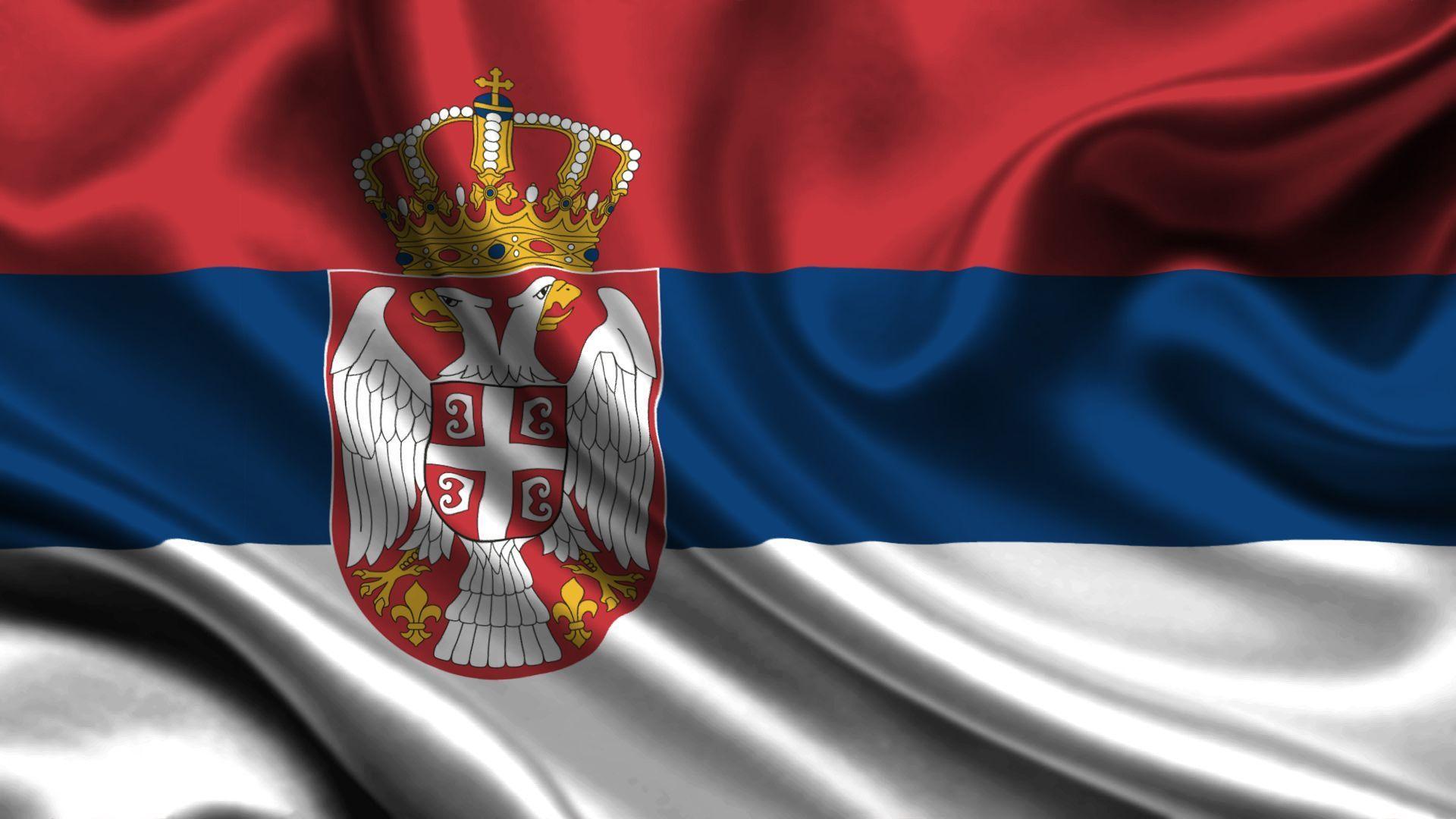
The Serbs came to Balkan, along with other South Slavic tribes, in the Great Migrations during the 6th and 7th century, and their first recorded mention dates from the 10th century, when they were settling on the territory of today’s west Serbia, east and central Bosnia and Herzegovina with the Adriatic coast of Montenegro.
With the arrival of the Nemanjić dynasty in the 12th century, Serbia experienced a great economic, political, as well as military prosperity, developed its legal system, won its own autocephalous church and became an empire in the 14th century. At the end of the 14th century the last ruler from the Nemanjić dynasty died, and the Serbian empire began to fall apart. One of the regional lords, Lazar Hrebeljanović, took hold of the power in an attempt to unite the Serbian countries and strengthen them against the Turks. What followed was one of the greatest battles in the history of Serbia, the battle of Kosovo, in 1389, in which prince Lazar and a large portion of his army died, while Serbia became Turkish vassal.
Up until the end of the 17th century the entire territory of what is today Serbia was under the rule of the Ottoman Empire. Serbia at the time didn’t exist as a country and many Christians were forced to convert to Islam. At the end of the 17th century, the northern part of what is Serbia today (Bačka and part of Srem) was conquered by Habsburg Monarchy, only to expand its power to a great part of today’s Serbia. In that way the area inhabited by Serbs, what was once Serbia, became divided between two Empires, Ottoman and Habsburg, while the border was on Sava and Danube. Serbs South of Sava and Danube, those in the Ottoman part, led by Karađorđe in 1804 started the First Serbian Uprising against the Turks. The rebels succeeded in establishing their own authority in these territories and conquering the Belgrade Fortress. By 1812 the Turks repossessed these Serbian territories, so in 1815 the Second Serbian Uprising commenced, and as a result Serbia became an autonomous principality within the Ottoman Empire, led by Miloš Obrenović.
It was Mihailo Obrenović, the son of the prince Miloš Obrenović, who liberated the principality of Serbia from the Ottoman military presence, in 1867. The principality of Serbia became an internationally recognized independent country by the decisions at the Berlin congress in 1878. Serbia became a modern country that was appreciated in Europe in political and cultural sense. Serbia became a kingdom during the rule of Milan Obrenović in 1882.
After the Balkan wars (1912-1913), Serbia grew significantly stronger, which caused a strain to its relationship with Austro-Hungary, so, with the confrontation of these two countries, started the World War I (1914-1918). Near the end of the war Serbia was joined by Srem, Banat, Bačka i Baranja, as well as Montenegro, thus forming a new country – The Kingdom of Serbs, Croats and Slovenes (December the 1st 1918) that was later renamed the Kingdom of Yugoslavia.
With the turbulence brought on by the WWII, the communists, led by Josip Broz Tito, took over the rule in the Kingdom of SCS, so, upon the war’s end it changed its name to the Socialist Federal Republic of Yugoslavia (1943).
The end of the 80s brought on conflicts between the Yugoslavian people because of the rise of nationalism and the strivings toward independence. A civil war broke out on the territories of Croatia and Bosnia and Herzegovina. The conflicts ended in 1995, and they resulted in the disintegration of SFRJ. By May 2006 and a final disintegration of Yugoslavia, Serbia existed as an independent country under the name Republic of Serbia.
